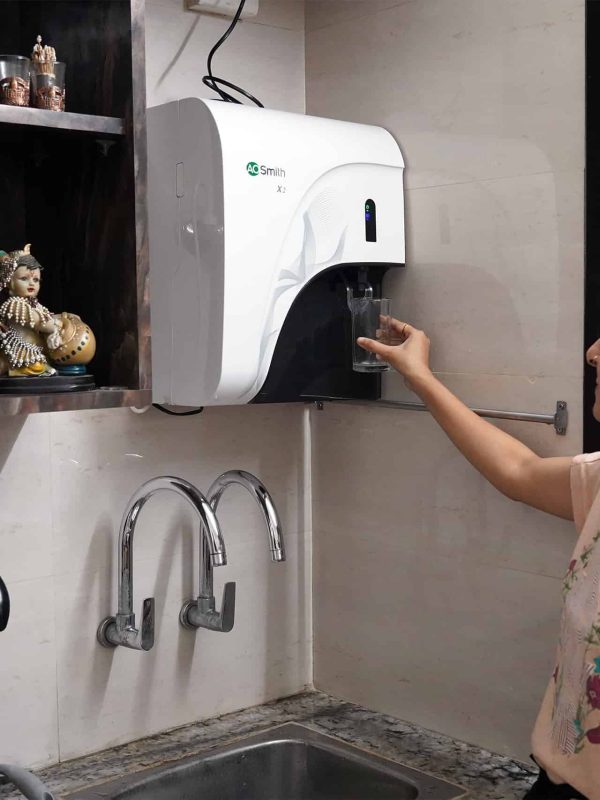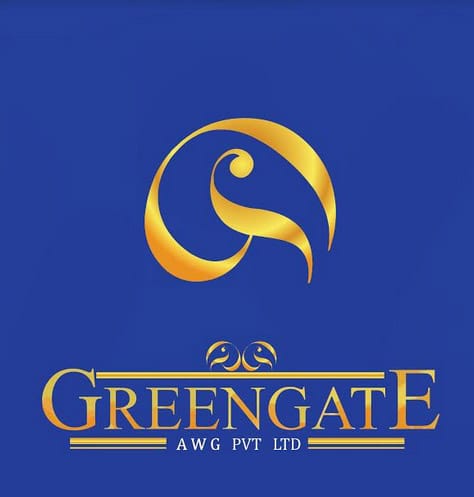- Home
- Technology
Our Courses Style 03
Water Maker
The WaterMaker®derives and produces healthy, purified drinking water from the “atmospheric air we breathe”. It completes nature’s distillation process, by capturing water vapour before it even touches the earth. It provides a localised source of pure water without any connection to pipes or catch basins. All that it requires is electricity or alternate sources of energy to condense, collect, filter and dispense crystal clear drinking water.

Principles of Operation
A new technology coming to this part of world for the first time, the WaterMaker uses dehumidification techniques optimized to condense water from air. Blower driven air is drawn into the system through an electrostatic filter. In the machine’s exterior housing, a compressor circulates refrigerant through a coil array located in the path of the air providing a temperature differential between the air and coil surface, resulting in condensation.
The condensation is funneled into a holding tank. A level switch in the holding tank controls the water making cycle. Water is pump circulated in an ozone generating UV light chamber to kill bacteria and then through high and low density charcoal filters to remove solids and oxygenates. It is finally collected back in the holding tank. The water filtration cycle is both flow and time controlled. Water is dispensed by tap valve diversion.
Operating Climatic Conditions
The WaterMaker works most efficiently in warm areas with high humidity. Water generating capacities will vary according to these meteorological variables.
In an area approximately 2500 miles (4000 kms) north and south of the Equator, annual temperatures and relative humidity permit continuous, efficient operation of water production. These areas are where nearly 70% of the world’s populations reside and where the world’s most acute water crisis exist.
Quality of Water from WaterMaker®
WHO Guidelines
| ELEMENT | WATERMAKER® | WHO GUIDELINES |
|---|---|---|
| Arsenic | < 0.01 | 0.01 max |
| Antimony | < 0.001 | 0.005 max |
| Lead | < 0.01 | 0.01 max |
| Mercury | < 0.001 | 0.001 max |
| Chromium | < 0.01 | 0.05 max |
| Cadmium | < 0.001 | 0.003 max |
| Calcium | 0.05 | – |
| Copper | 0.9 | 2.0 max |
| Iron | < 0.01 | 0.3 max |
| Zinc | 0.02 | 3.0 max |
| Selenium | < 0.01 | 0.01 max |
| Beryllium | < 0.01 | – |
| Magnesium | 0.03 | – |
| Manganese | < 0.01 | 0.5 max |
| Barium | < 0.1 | 0.7 max |
| Boron | < 0.01 | 0.3 max |
| Molybdenum | < 0.01 | 0.07 max |
| Nickel | < 0.01 | 0.02 max |
| Aluminium | < 0.01 | 0.2 max |
| OTHER CHARACTERISTICS | WATERMAKER® | WHO GUIDELINES |
|---|---|---|
| Color | < 5 | 15 max |
| Turbidity | < 1 | 5 max |
| pH@25°C | 6.6 | – |
| Conductivity | 21 | – |
| Taste | Acceptable | Acceptable |
| Odour | Acceptable | Acceptable |
| Total Dissolved Solids | 1 | 1000 max |
| Total Alkalinity | < 1 | – |
| Total hardness | < 1 | – |
| Nitrate nitrogen | < 0.01 | 11.3 max |
| Fluoride | 0.3 | 1.5 max |
| Chloride | 1 | 250 max |
| Sulphate | 1.7 | 250 max |
| Sodium | 0.2 | – |
| Phosphate | < 0.01 | – |
| Silica | 0.04 | – |
| Tot. Aerobic Plate Count | 110 | – |
| Coliforms | 0 | – |
| Tot. Trihalomenthanes | < 0.005 | 0.1 |
The following charts are representative of hundreds of independent laboratory test results. In all cases the water generated from a WaterMaker machine exceeded all international quality standards.
About Us
We Offer the Best Reliable and Long-Lasting solutions for Solar and Water Maker Products
Quick Links
- Home
- Contact
- Service

